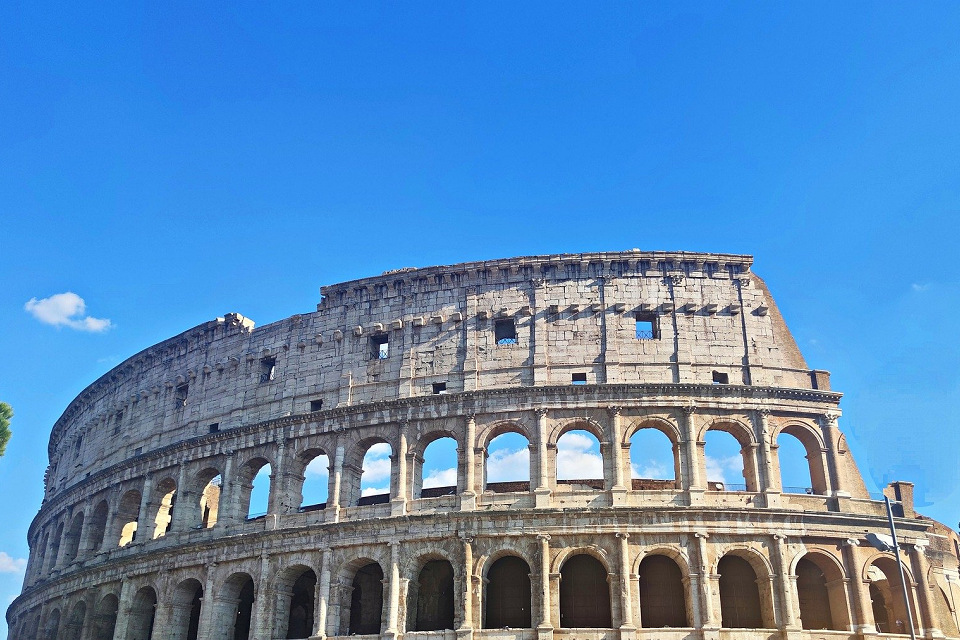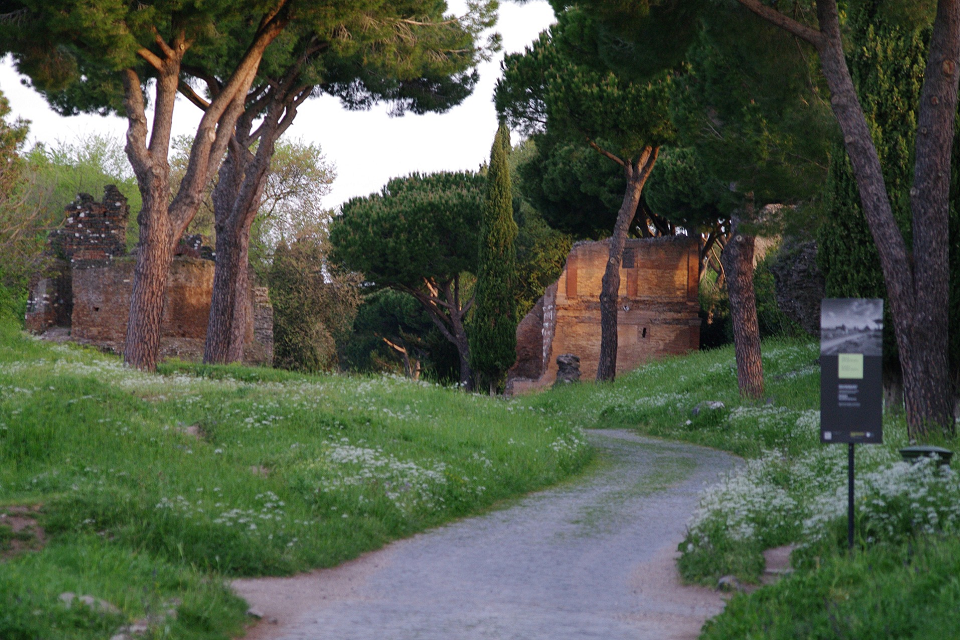Roman Forum in Rome. If you’ve ever dreamed of stepping back in time, walking in the footsteps of emperors, philosophers, and gladiators, the Roman Forum is the place. Nestled in the center of the Eternal City, it offers a unique glimpse into ancient Rome. This sprawling archaeological site is a must-see for history lovers, architecture enthusiasts, and curious travelers alike.
Roman Forum tickets
Whether you’re planning your first trip to Rome or returning for another unforgettable visit, the Roman Forum offers an immersive experience. It connects you directly with the ancient world. It’s a place where centuries of history come alive before your eyes, making it far more than just another tourist stop.
What Is the Roman Forum
The Roman Forum is an open-air complex of ancient ruins located between the Palatine and Capitoline Hills in the heart of Rome. For many centuries, it was the political, religious, and social hub of ancient Roman life. While the Colosseum symbolized the grandeur of Roman entertainment, the Forum was where decisions were made and gods were worshipped. It was also the place where the fate of the empire was shaped.
Imagine a bustling city center filled with merchants, senators, priests, and citizens. This was the space where triumphal processions were held and legal matters were settled. It was also where orators stirred the hearts of the people. Today, what remains is a hauntingly beautiful array of crumbling temples, majestic columns, and sacred monuments. Each one whispers stories from a forgotten age.
A Brief History
Long before it became a center of empire, the land that would become the Roman Forum was a swampy valley. Around the 7th century BCE, it was drained and transformed into a marketplace and civic center. Over time, it evolved into the heart of Roman public life, hosting temples, government buildings, and courts of justice.
As Rome’s power expanded, emperors and senators continued to build within the Forum to leave their mark. Julius Caesar, Augustus, and other leaders commissioned new temples, basilicas, and arches to celebrate military victories and divine blessings. The Forum grew richer and more elaborate with each passing century, becoming the symbol of Roman civilization.
After the fall of the Western Roman Empire in the 5th century CE, the Forum fell into neglect. Many of its buildings were repurposed or dismantled for materials. Eventually, it was buried under layers of earth and rubble. By the Middle Ages, the once-great Forum had become a pasture known as the “Campo Vaccino,” or cow field. Excavations began in the 18th century, slowly revealing the grandeur that lay beneath.
Why Tourists Love the Roman Forum
Visiting the Roman Forum is like stepping into a living museum without walls. There is something deeply moving about walking through ruins that are more than two thousand years old. As a traveler, you can stand on ancient paving stones and imagine the voices of the crowd, the clang of armor, the smoke of sacrifices, and the stir of politics.
The site is incredibly photogenic. Whether it’s the dramatic angles of sunlit columns or the sweeping views from the surrounding hills, the Forum offers endless inspiration for photographers. Every stone, shadow, and structure seems to hold a story waiting to be captured.
It’s also one of the most educational and meaningful experiences in Rome. Even if you’re not a history buff, seeing these ruins up close will deepen your appreciation of ancient Rome. It gives you a tangible connection to how the Romans lived, ruled, and believed. For many visitors, especially those who studied Latin, Roman mythology, or world history, this experience brings those lessons to life. It’s where history feels real and vivid.
One of the best things about the Forum is its location. It’s situated right next to two other major attractions: the Colosseum and Palatine Hill. Together, they form a powerful trio of Roman history. With just one entry ticket, you can explore all three sites in one unforgettable day.
Roman Forum tickets
What to See at the Roman Forum
As you wander through the Forum, several landmarks stand out not just for their beauty, but for their historical importance. The Arch of Septimius Severus, built in the early third century, still towers at the edge of the Forum with detailed carvings that celebrate military victories. Its grandeur remains largely intact, and it’s a favorite photo spot for many visitors.
The Temple of Saturn, with its impressive row of columns, dates back to the early Republic and once housed the state treasury. It stands as a powerful symbol of stability and wealth in ancient Rome. Nearby, the Curia Julia—the Senate House—offers one of the most complete structures in the Forum. When open to visitors, stepping inside gives a chilling sense of where Rome’s greatest political minds once debated the fate of the empire.
Another fascinating area is the Temple of Vesta and the nearby House of the Vestal Virgins. These ruins honor the sacred flame of Rome and the priestesses who tended it, symbolizing the heart of the Roman spiritual world. The remains of their tranquil gardens are still visible, hinting at the serenity that once existed amid the political chaos.
At the far end of the Forum lies the Basilica of Maxentius and Constantine, an enormous structure with towering arches that showcase the engineering might of Rome. Despite centuries of decay, the basilica remains one of the most imposing structures in the Forum.
The Connection to the Colosseum
The Roman Forum and the Colosseum are not only neighbors in the heart of Rome but also deeply connected in history. While the Forum was the center of political and religious life, the Colosseum represented the power of entertainment and public spectacle. Together, they reflect two essential sides of Roman society: civic duty and popular amusement. Many Romans would attend speeches, legal trials, or religious ceremonies in the Forum, then walk just a few minutes to the Colosseum for gladiator games or theatrical shows. Today, both sites are included in a single ticket, making it easy for visitors to experience the full spectrum of ancient Roman life in one unforgettable journey.
Tips for Visiting the Roman Forum
To fully enjoy the Roman Forum, it’s best to arrive early in the morning. Not only will you avoid the largest crowds, but the softer morning light makes the ruins look even more magical. During the summer months, the midday heat can be intense, so timing your visit is important.
Be sure to wear comfortable shoes, as the terrain is uneven and can be tiring. The ancient cobblestones, loose gravel, and stone steps require sturdy footwear. Bringing water, sunscreen, and a hat is also recommended, as there is little shade in the area.
Although it’s possible to explore the Forum on your own, many tourists choose to join a guided tour or download an audio guide. These tools offer context and stories that make each ruin more meaningful. Knowing that you’re looking at the platform where Julius Caesar addressed the people, or the altar where rituals were performed, adds depth to the experience.
Since your ticket includes access to the Colosseum and Palatine Hill, plan your day accordingly. The Forum connects directly to Palatine Hill, where you can climb for stunning views of the ruins below and the city beyond. It’s a great way to end your visit, especially at sunset.
Best Times to Visit
The ideal times to visit Rome and the Forum are during spring and autumn, specifically from March to May and September to November. The weather is pleasant, and the city is less crowded than during the peak summer months. If you’re visiting in the summer, try to go early in the day or in the late afternoon to avoid the heat and enjoy softer lighting for photography.
Fun Facts to Share Along the Way
You might be surprised to learn that the saying “All roads lead to Rome” is more than just a metaphor. In ancient times, many roads of the Roman Empire actually converged at or near the Forum, making it a true center of the world.
Julius Caesar was cremated in the Forum, and to this day, visitors leave flowers at the spot believed to be his altar. It’s a rare and touching tribute to a figure who changed history. And during the Middle Ages, the entire Forum was so forgotten that it was used for grazing cattle, a far cry from its former glory.
Roman Forum tickets
Final Thoughts
The Roman Forum is not just a collection of ruins; it’s the soul of ancient Rome. Walking through its stones, you don’t just see history—you feel it. It’s in the echoes of voices long gone, the shadows cast by ancient temples, and the wind that rustles through broken columns.
For travelers visiting Rome, the Forum is an essential part of the journey. It offers insight, wonder, and a powerful reminder of how deeply the past still touches the present. So lace up your shoes, bring your curiosity, and prepare to walk through time. The Roman Forum is ready to share its secrets with you.


